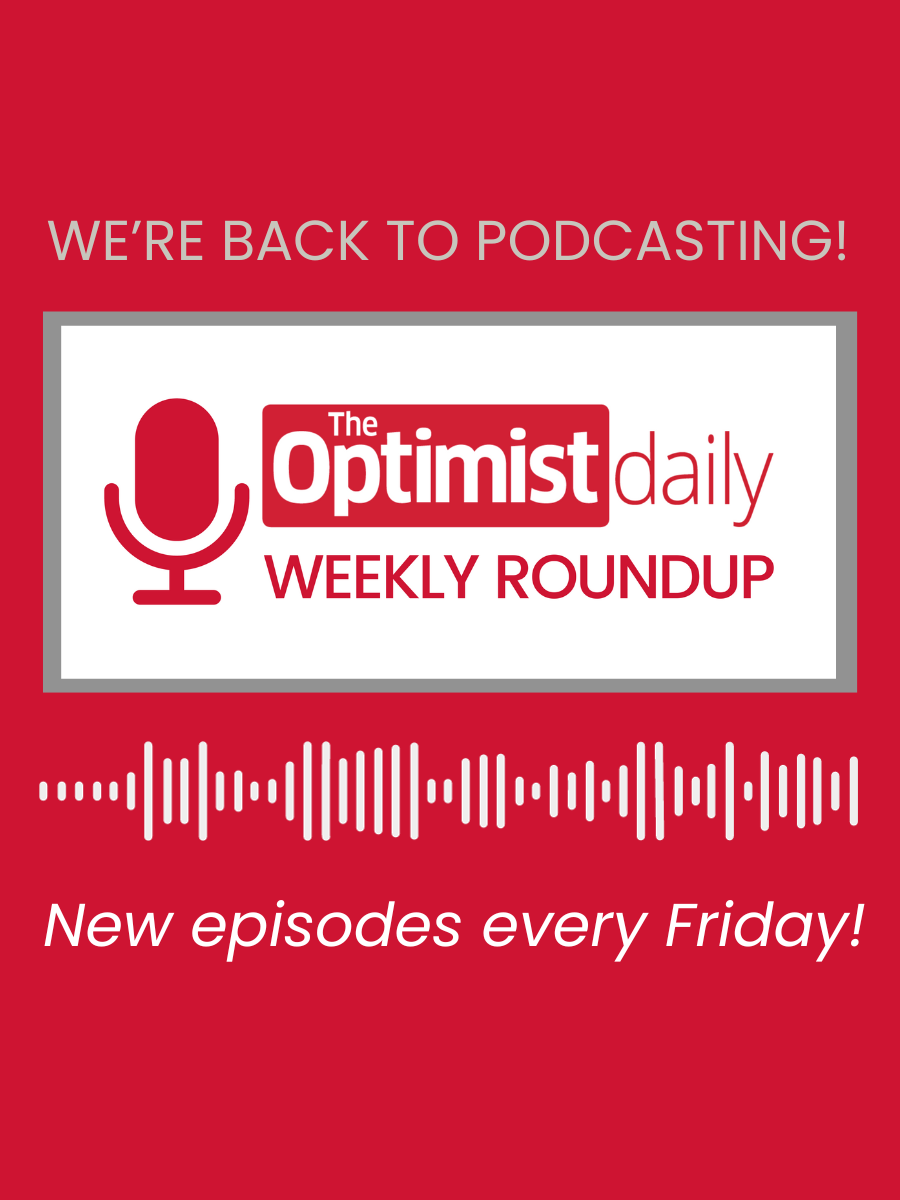The population of the majestic Hawaiian Goose numbered 25,000 on the islands in 1778 when Captain Cook arrived, but soon those numbers were decimated by human-introduced animals like the mongoose until there were just 30 left in 1952.
Known locally as the nēnē, the goose was listed as an endangered species in 1967 and in the decades following, nearly 3,000 captive-bred birds were released at more than 20 sites throughout the main Hawaiian Islands.
After 60 years of an intensive captive breeding program, rigorous habitat restoration, and active management strategies, the population has increased 90-fold—and recently, federal officials announced that the nēnē had recovered enough to be considered no longer endangered.
The release of captive-bred nēnē on national wildlife refuges, national parks, and state and private lands has saved the species for future generations. Today, there are more than 2,800 birds with stable or increasing populations.












